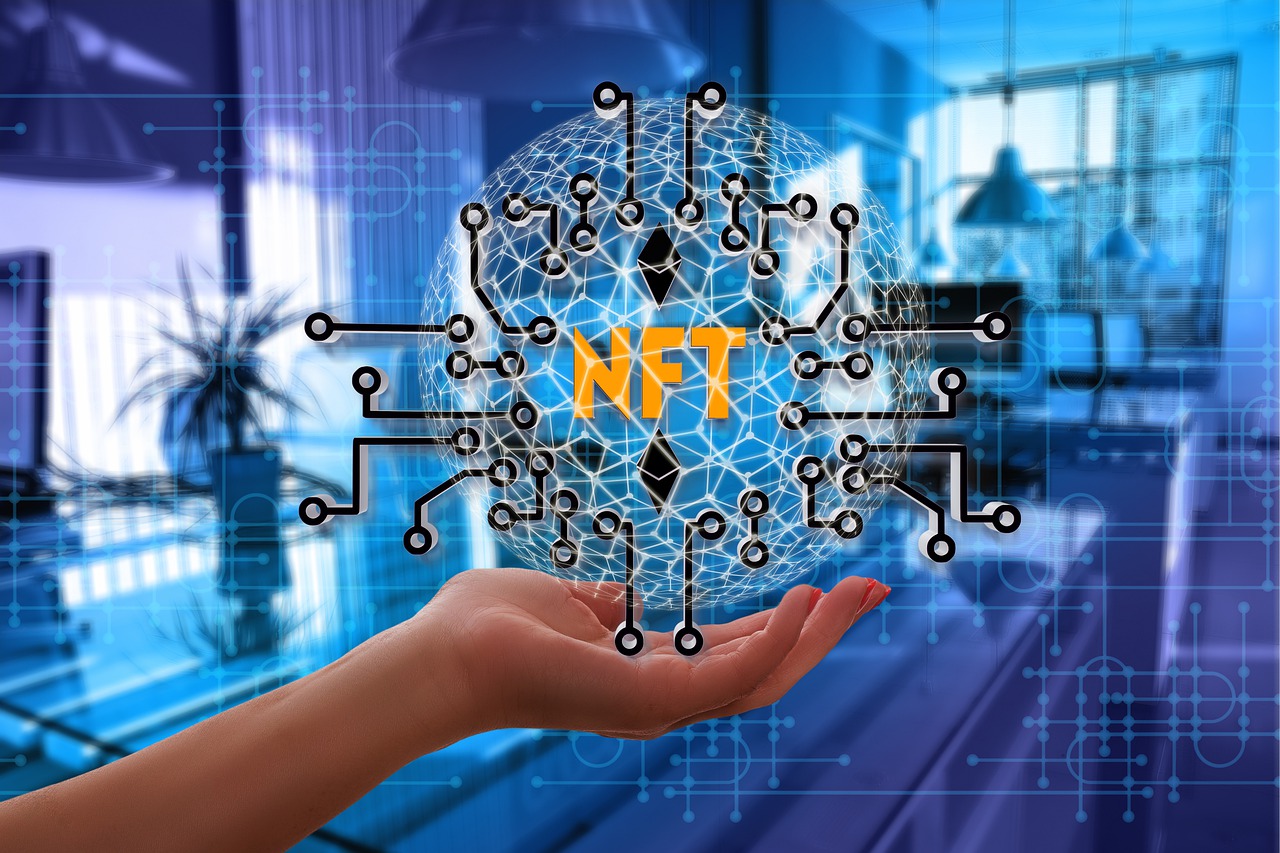
How to Create an NFT Art Marketplace: A Detailed Guide
NFT (non-fungible token) is a business in and of itself, a platform that facilitates the buying and selling of these NFTs. It might seem scary at first, but we’ll explain what to do.
You clicked on this article to plan your goal to develop an NFT marketplace for art. With that, you might have some knowledge about NFTs.
Is NFT Trending?
Since they first became widely available two years ago, NFTs have grown popular. And it’s only getting bigger and better every day. In fact, CNBC quotes Nunfungible.com saying that trading in non-fungible tokens reached $17.6 billion in 2021, a 21,000% increase from 2020.
Also, the “Out of Nowhere” headline on Ocula said that NFTs composed 16% of the global art market in the same year.
You have more reasons to start. Now, it begs the question, how do you create an NFT marketplace for art?
Step 1: Establish Legal Identity
Like any business, proving authenticity within the boundaries of law should be the utmost priority.
- Register a company in your platform’s name as a legal entity.
- To establish a business, you’ll need to provide data about the industry and the type of work, the strength of the team, the company structure, and a written agreement between the partners’ respective legal entities.
- Then, you need to register the business name with your city or state to get a legal business license. It may differ in each area, so it’s best to go to your local government offices.
- Your legal documents, such as your company’s terms and conditions, must be well-written, or you must hire a professional to ensure they are.
Step 2: Develop a User-Friendly Marketplace Application
The buying and selling platform of your art marketplace should concentrate on what every platform user needs: convenience. Aiming for this goal in the development process results in a user-friendly application. This means that it’s easy to navigate and perform the tasks of buying and selling efficiently.
Art as an NFT Marketplace Niche
Before launching it, you should determine the intended audience. You should reflect on other things, such as the obstacles you intend to overcome. The concerns of your potential customers determine those issues.
What’s the best way to know your audience? It’s by narrowing your niche.
A vertical rather than a horizontal market is recommended by experts. The first provides products and services tailored to the specific target market’s wants and needs. Horizontal means catering to all audiences.
Need-to-Have Features of an NFT Marketplace
LinkedIn published an article on the must-have features of an NFT marketplace, and these prominent designs define a convenient user experience.
- Storefront
It’s conventional for a successful NFT marketplace to have a dashboard-like storefront. Users can get all their needed information from it, including information on owners, bids, previews, and value history.
- Search Items
As quickly as feasible, consumers should receive the entire product information without effort. Your NFT marketplace app should include all art. Customers like speedier searches.
- Filters
Filters are a great asset. Moreover, websites with filters are easier to navigate. For example, users can choose assets by the due date, payment method, category, or listing status.
- Listings
Users can build and send digital collectibles. Filling out a form with the product’s details (title, descriptions, and tags) will enable them to upload files.
- Status of listing
Those with authenticated products must be listed online. This process confirms and verifies collectibles.
- Buying and Auctioning
Any marketplace allows the buying and selling of NFTs. Their bids must include a date for validity and status of information.
- Wallet
Users must be able to save, transmit, and receive NFTs and other cryptocurrencies through your NFT marketplace wallet.
- Ratings
A seller’s rating determines the customers’ trust. NFT marketplace participants can rate and comment on one another. It verifies a user’s credibility.
Step 3: Test and Deploy Application
Testing and deployment is the final stage. It’s about finding and fixing any pitfalls. Software checks guarantee your digital product runs as expected. Besides that, post-launch assistance is vital to resolve issues and ensure quality execution.
Only release the product after testing all features. Is the final NFT marketplace at the quality level? Consider how it would be used to guarantee credibility and excellence.
Planning the End
As a new platform may take time to succeed, we suggest you maintain focus, make educated judgments, and be consistent.
Remember the must-haves for your NFT platform before you start. Your NFT future is just commencing. Keep it up!
Image by Gerd Altmann from Pixabay





